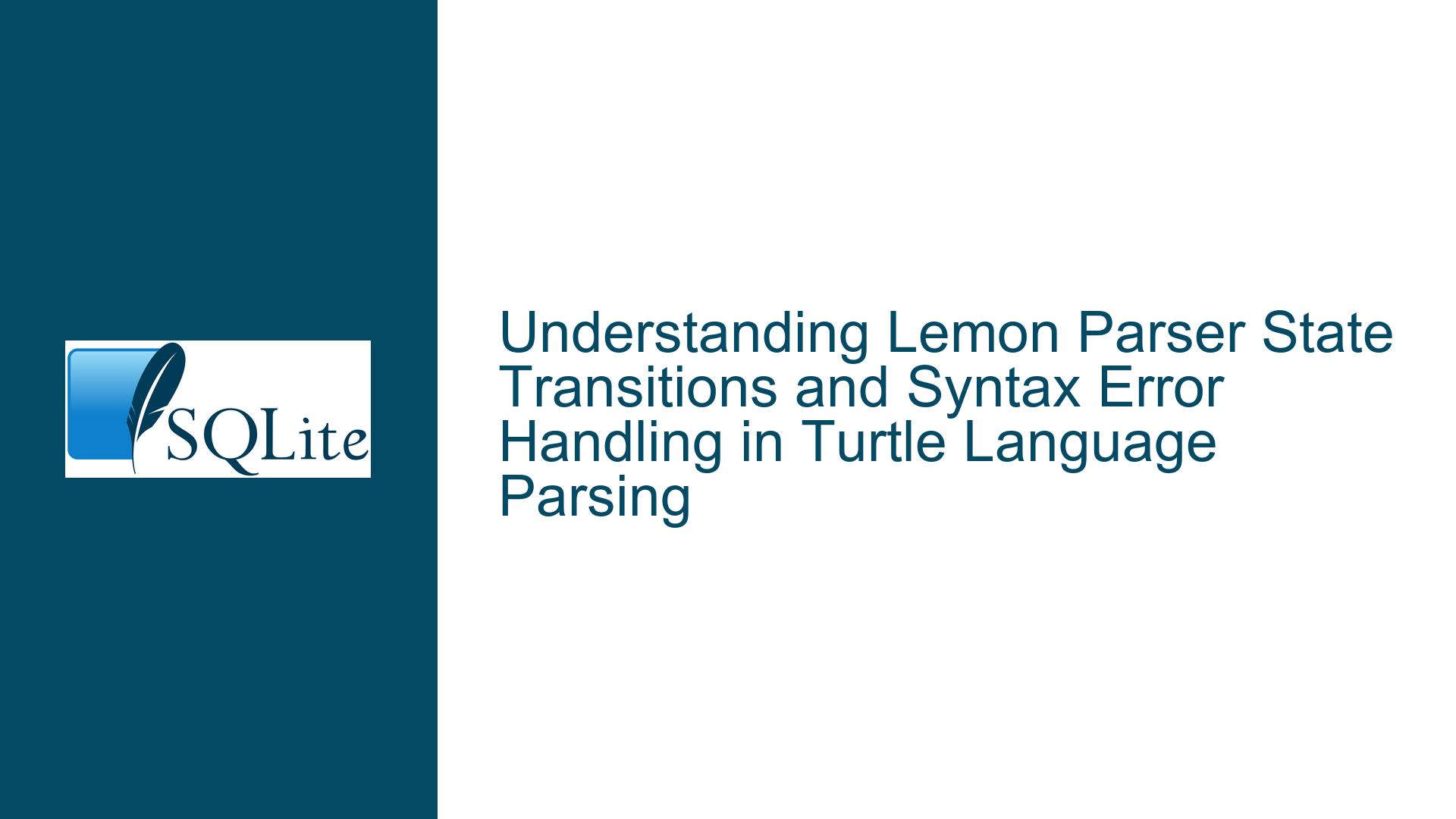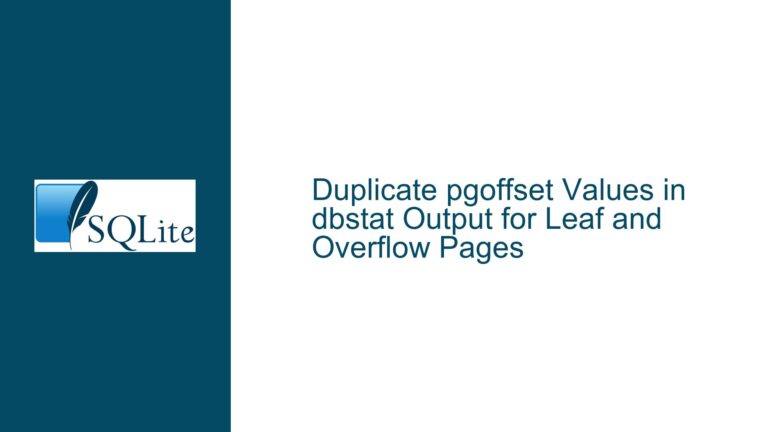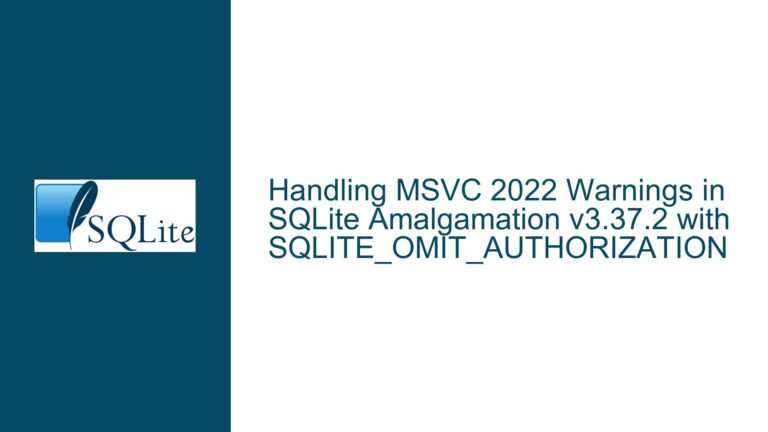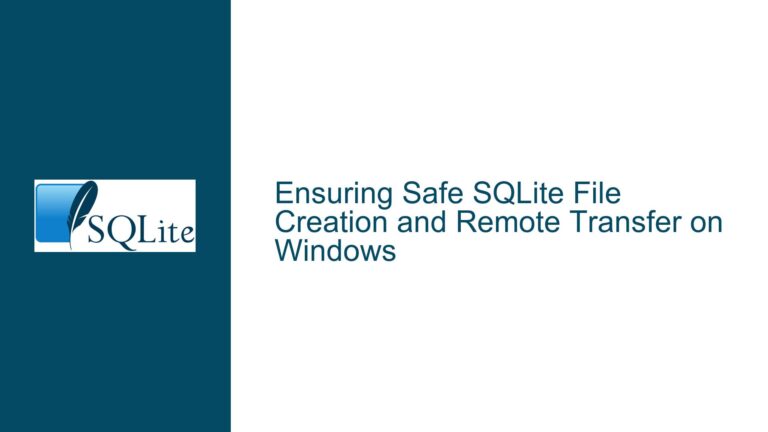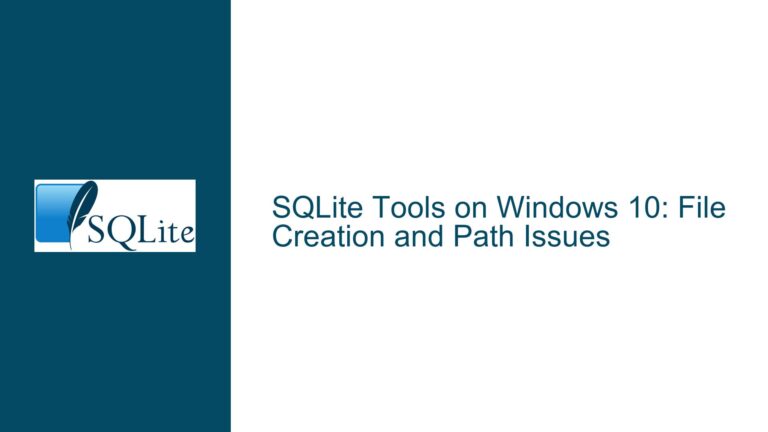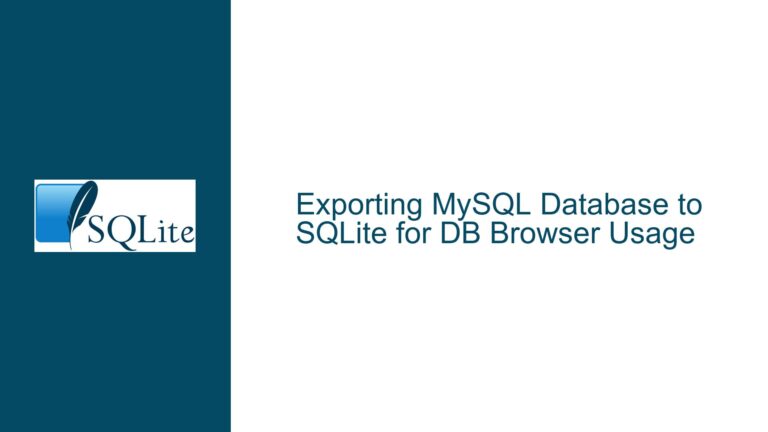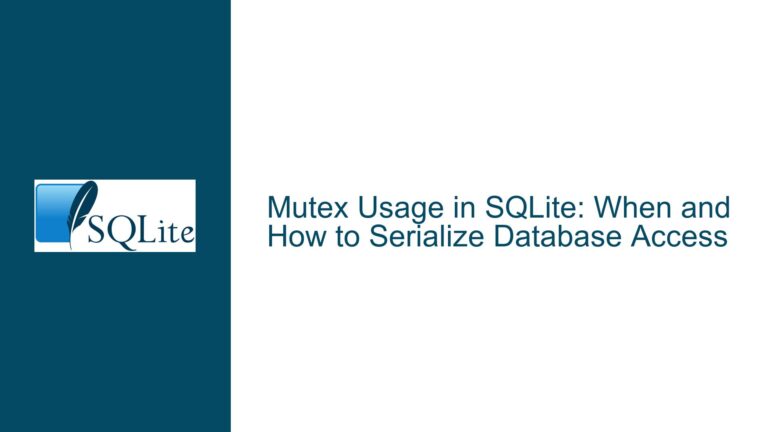Lemon Parser State Transitions and Syntax Error Handling in Turtle Language Parsing
Parser State Configuration and Unexpected Token Handling in Lemon-Generated Parsers
Contextual Analysis of State Transitions and Syntax Error Propagation
The core challenge revolves around the Lemon-generated parser’s handling of unexpected tokens within specific states, particularly when processing the Turtle language’s syntax. The user’s scenario involves an input containing an illegal LBRACKET token in a predicate position, which the parser fails to reject immediately. Instead, it ignores the token and proceeds to process subsequent valid tokens, leading to ambiguous error reporting.
The parser’s .out file reveals that State 8 expects tokens related to predicate-object lists (predObjList), predicates (predicate), or resources (resource). When encountering LBRACKET, which is not a valid token in this context, the parser triggers a syntax error but does not transition to a state where LBRACKET is valid (e.g., State 7, which handles blank node definitions). This results in the parser "sticking" to State 8 and continuing with subsequent tokens, masking the root cause of the failure.
Key factors influencing this behavior include:
- State-Specific Valid Token Sets: Each parser state defines a set of valid tokens that can trigger shifts, reduces, or error actions. Tokens not in this set cause syntax errors.
- Error Recovery Logic: Lemon’s default error recovery mechanism discards tokens until a valid synchronization point is found, which can lead to unexpected state retention.
- Grammar Rule Conflicts: Ambiguous or overlapping grammar rules may prevent the parser from transitioning to alternative states when errors occur.
Root Causes of Parser State Retention and Token Ignorance
Incomplete Grammar Rule Prioritization
The parser’s state transitions are governed by the grammar’s rule precedence and associativity settings. If the grammar allows multiple derivations for a token sequence (e.g.,predicatevs.blank), Lemon may prioritize one path over another, leading to unexpected state retention. In this case,LBRACKETis part of theblankproduction in State 7 but not in State 8. The parser does not consider State 7 because the grammar’s structure prioritizespredObjListreductions overblankexpansions in the current context.Default Error Recovery Overrides Expected State Transitions
Lemon’s error recovery strategy involves discarding tokens until a valid "synchronization" token is found. This process does not inherently reset the parser’s state stack, causing it to remain in the state where the error occurred. WhenLBRACKETis encountered in State 8, the parser logs a syntax error, discards the token, and continues processing in the same state, ignoring potential transitions to states like State 7.Token Visibility in Parser States
Each parser state explicitly lists tokens that can trigger actions (shifts, reduces). Tokens not listed in the state’s action table (e.g.,LBRACKETin State 8) are treated as syntax errors. SinceLBRACKETis only valid in State 7 (forblanknodes), the parser cannot transition to State 7 from State 8 without first reducing or shifting a valid token. This creates a "tunnel vision" effect where the parser cannot backtrack to consider alternative states.
Resolving State Transition Ambiguities and Enforcing Immediate Error Termination
Step 1: Validate Grammar Rule Contextual Eligibility
Review the grammar rules governing predObjList, predicate, and blank to ensure they are contextually disjoint. For example, blank nodes (enclosed in LBRACKET…RBRACKET) should only be permissible in positions where predicates or resources are not expected. If the grammar allows blank nodes in predicate positions, this constitutes a conflict. Adjust rule precedence or split productions to eliminate ambiguity.
Step 2: Customize Error Handling to Halt on First Failure
Lemon’s default error recovery can be overridden by modifying the %syntax_error directive. To terminate parsing immediately upon encountering a syntax error (as the user ultimately did), inject a parser termination routine:
%syntax_error {
yy_parse_failed(yypParser); // Force parser termination
}
This bypasses Lemon’s error recovery logic, ensuring the parser exits after the first error, preventing token discards and state retention.
Step 3: Analyze State Transitions via Lemon’s .out File
Use the .out file to trace the parser’s expected behavior:
- In State 8, the absence of
LBRACKETin the action table confirms it is invalid here. - State 7’s action table includes
LBRACKETas part of theblankproduction. To reach State 7, the parser must transition from a state whereblankis a valid reduction (e.g., after reducing asubjectto atriplesrule).
Modify the grammar to ensure blank nodes are only allowed in valid contexts. For example, if blank nodes are permitted as subjects but not predicates, update the subject rule to include blank while excluding it from predicate.
Step 4: Leverage Lemon’s Error Token for Targeted Recovery
For scenarios requiring error recovery, define an error token in the grammar to guide the parser to specific recovery points. For example:
predObjList ::= error SEMICOLON. // Recover at SEMICOLON
This instructs the parser to discard tokens until a SEMICOLON is found, then resume parsing. However, this approach requires careful testing to avoid masking legitimate errors.
Step 5: Unit Testing with Illegal Token Sequences
Construct test cases that inject illegal tokens (e.g., LBRACKET in predicate position) and validate the parser’s response. Use debugging tools like TRACE macros or Lemon’s YYSTACKPRINT to log state transitions and token processing.
Final Note: The interplay between grammar design, state transitions, and error handling dictates the robustness of an LALR parser. By enforcing strict contextual rules for productions and tailoring error handling to the application’s requirements, developers can mitigate unexpected state retention and ensure precise error reporting.
